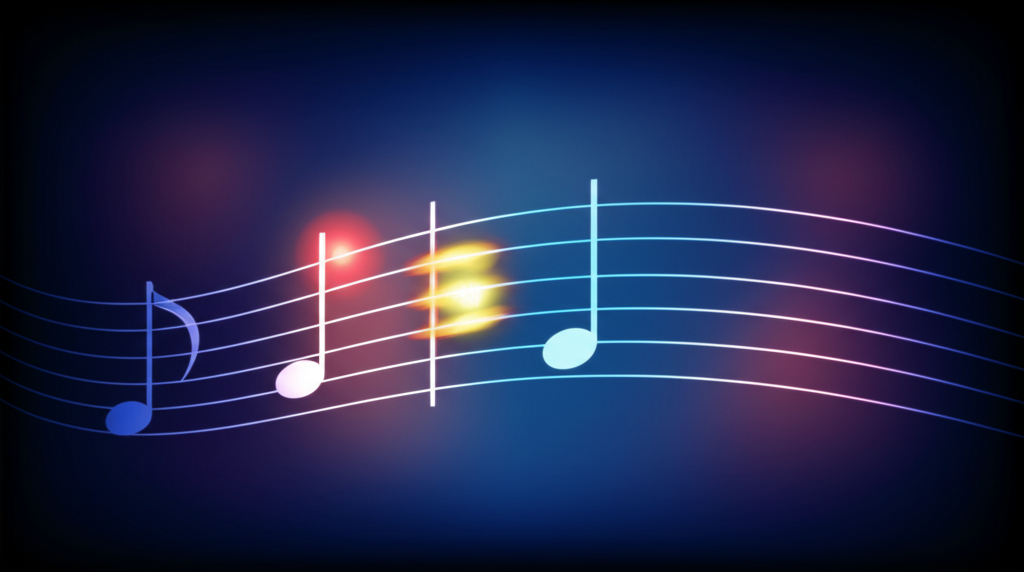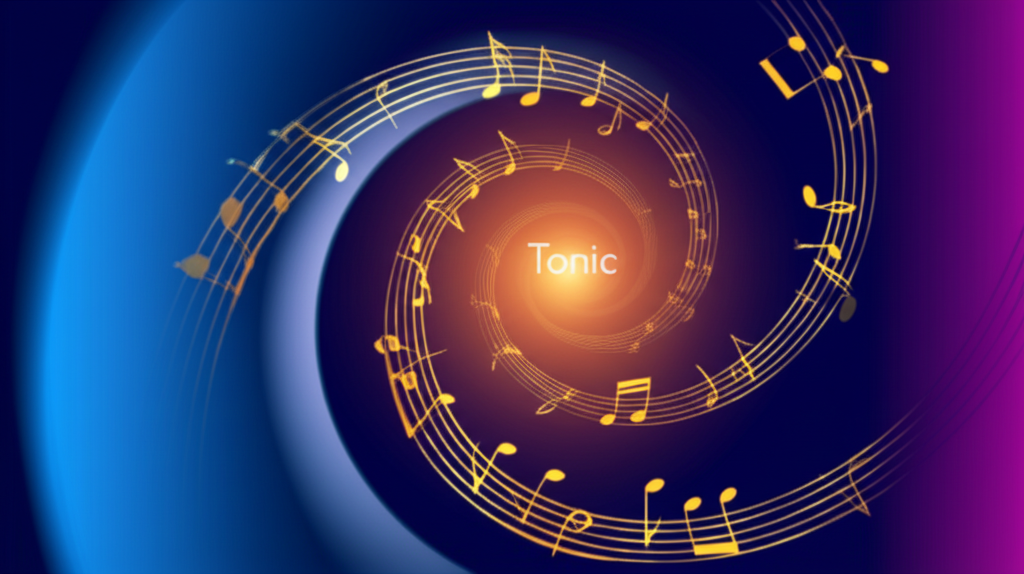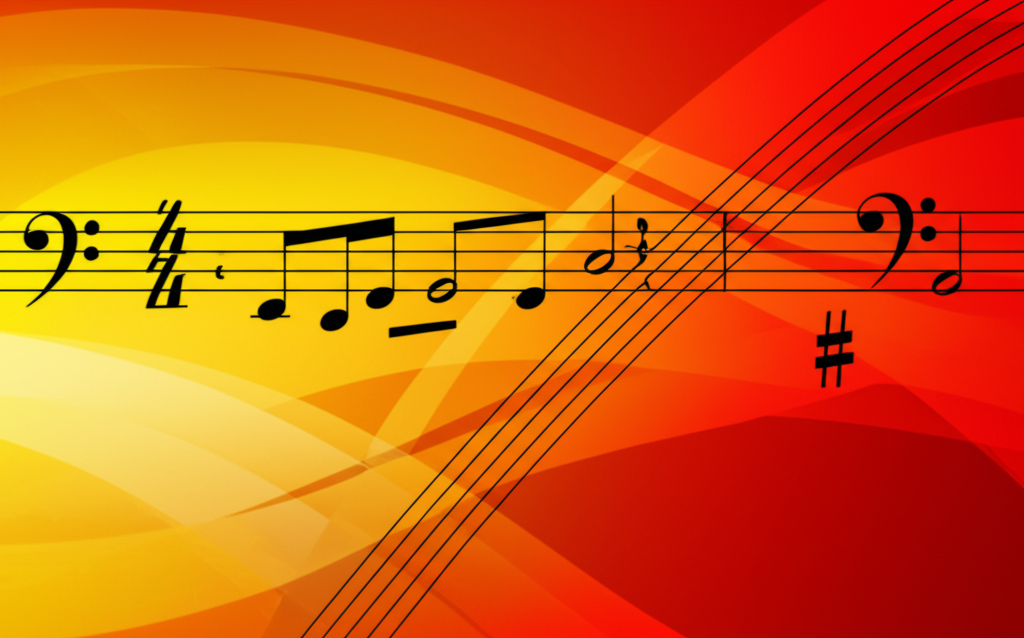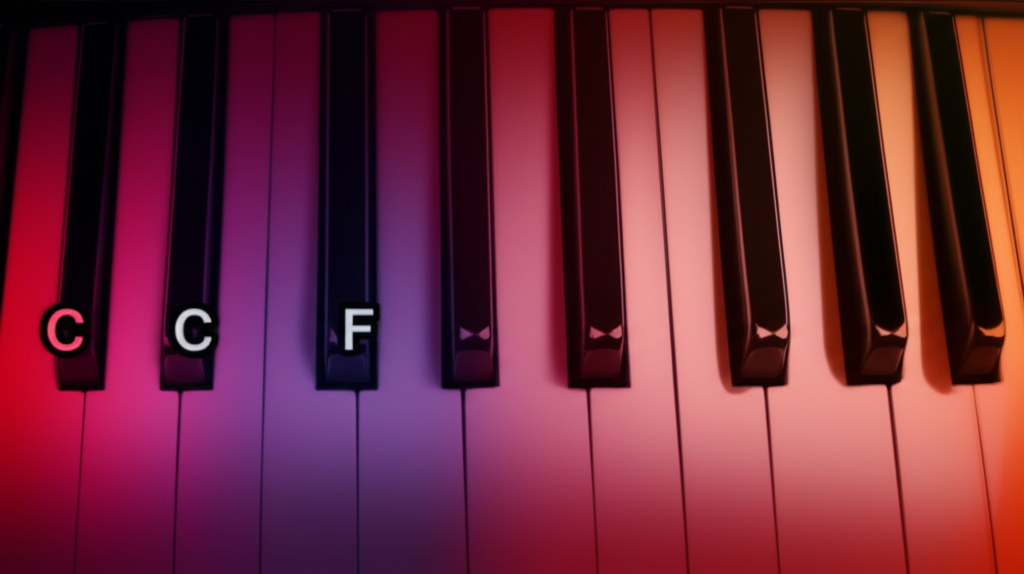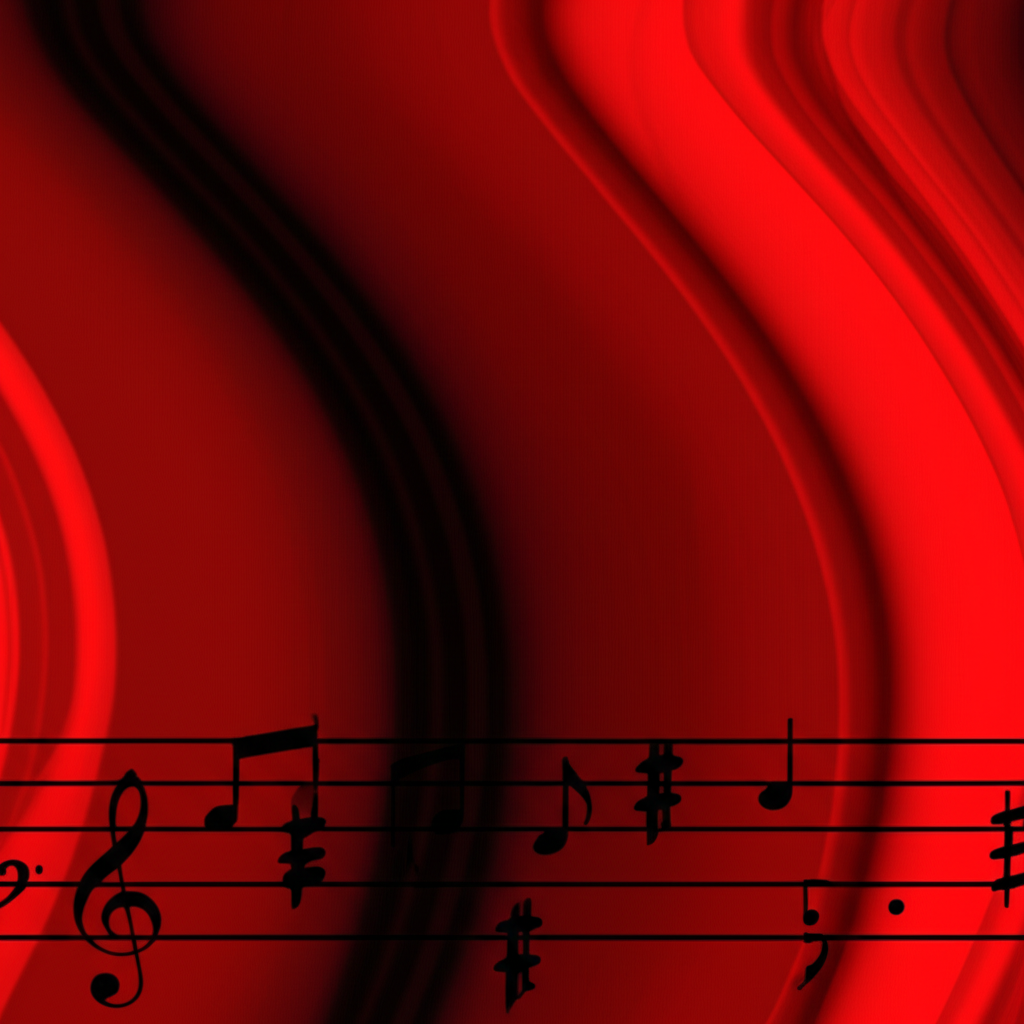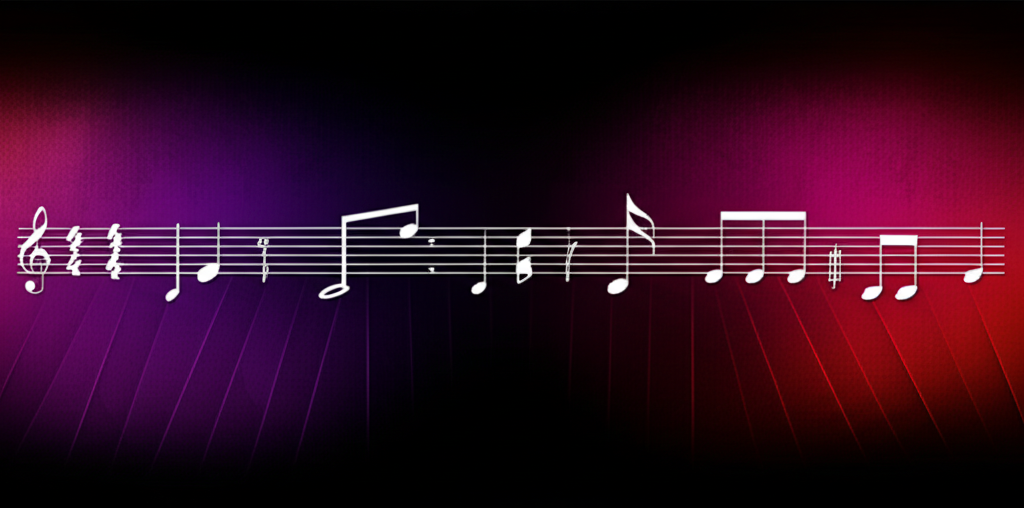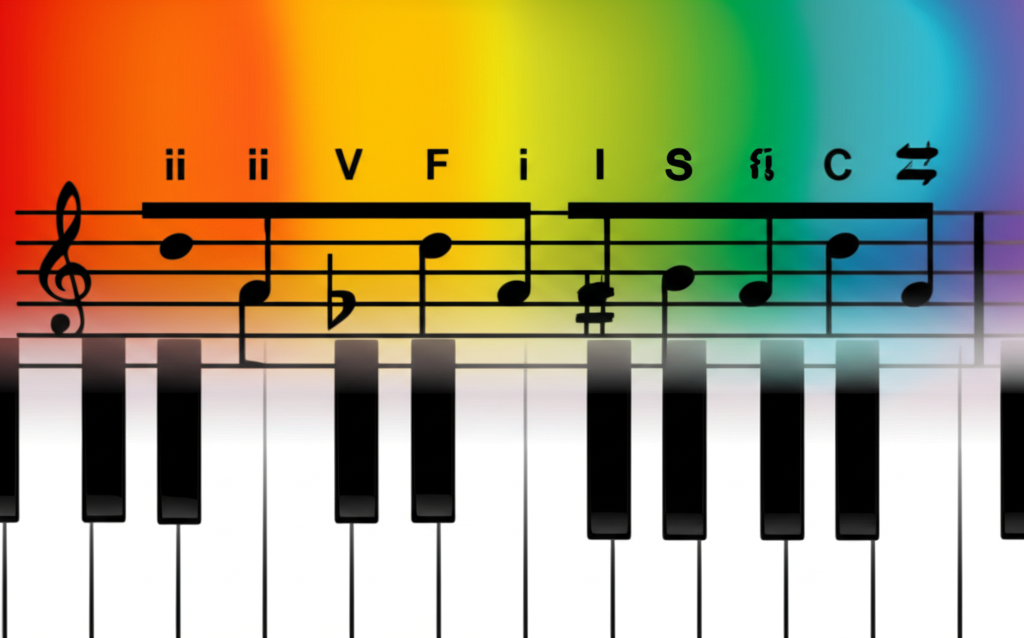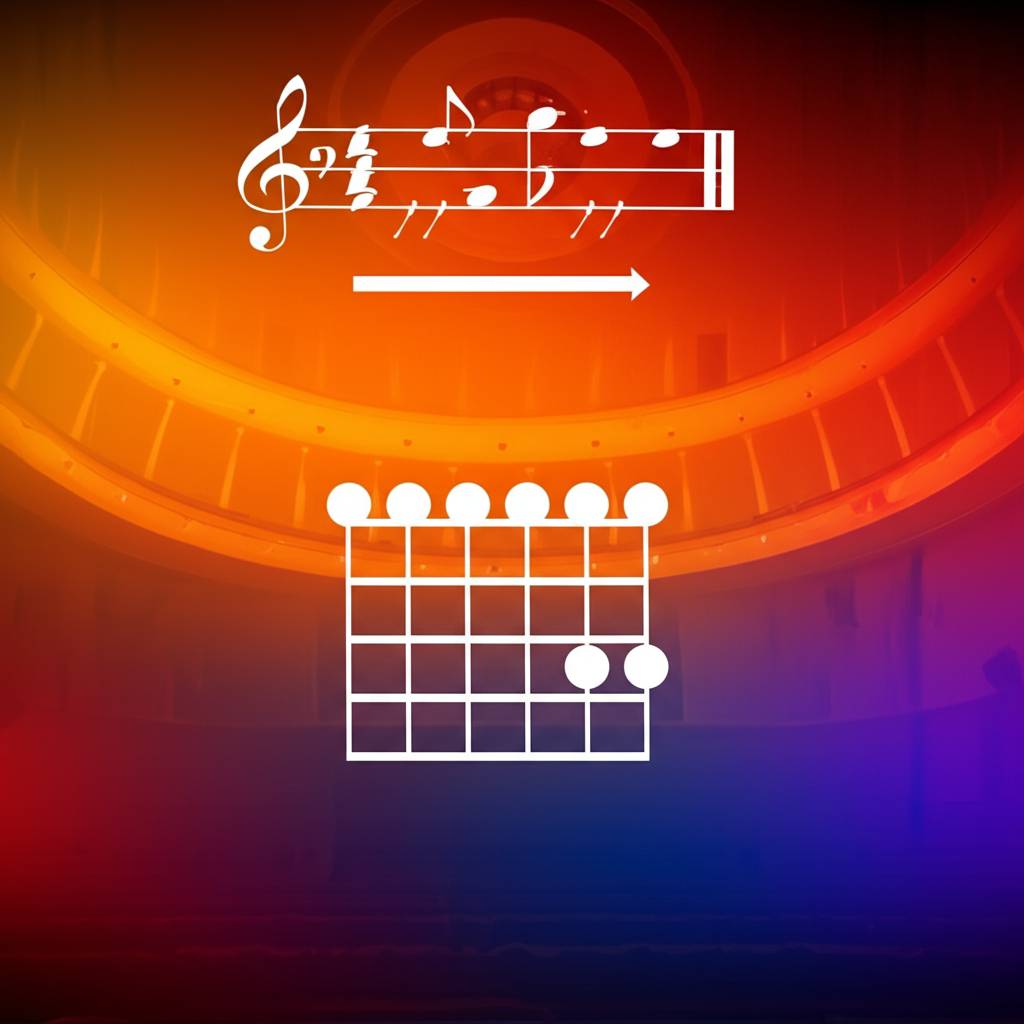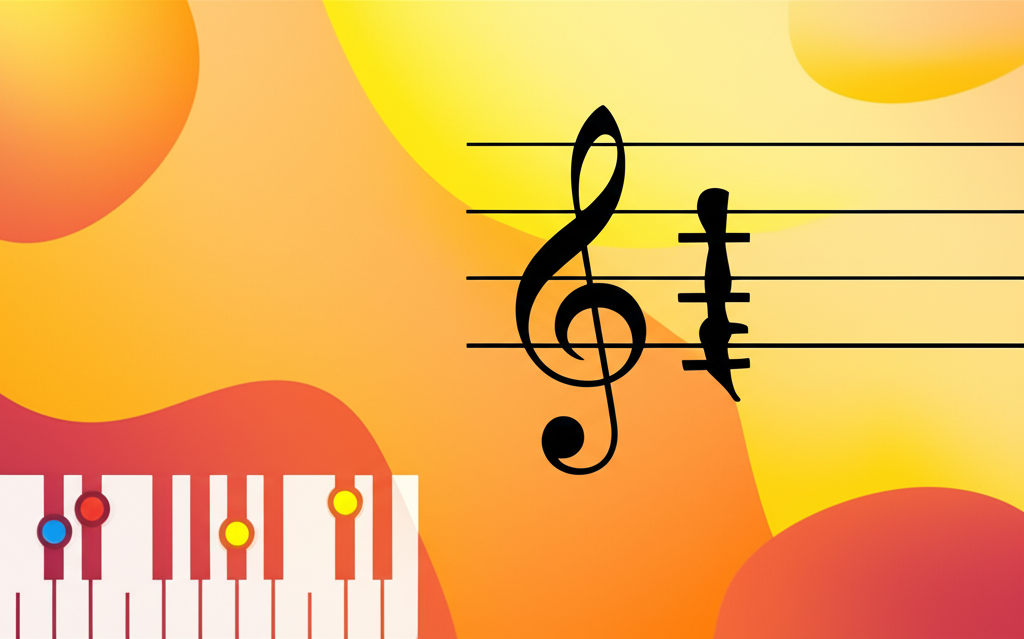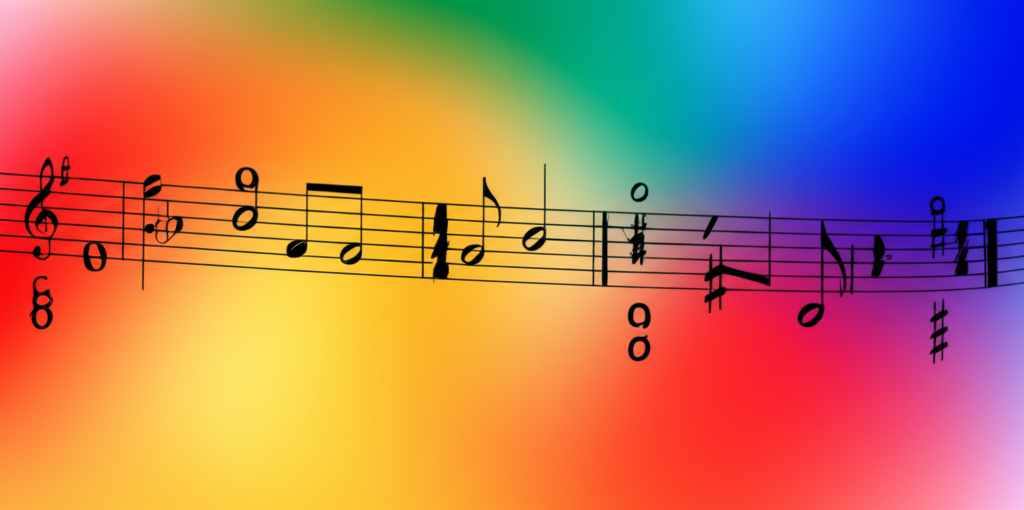
Suspended Chords: Creating Tension and Motion in Music

b4n1
May 17, 2025, 4:26 p.m.
Suspended Chords: Creating Tension and Motion in Music
Summary:
Suspended chords (sus chords) are unique harmonic structures that replace the third of a chord with either the second (sus2) or fourth (sus4), creating a sense of tension and forward motion in music. This comprehensive guide explores their construction, various types, practical applications across different genres, and their role in creating engaging harmonic progressions. Through musical examples and exercises, you'll learn how to effectively incorporate these versatile chords into your compositions and arrangements.
Keywords:
suspended chords, sus2, sus4, chord voicings, harmonic tension, resolution, chord progressions, modal harmony, folk guitar, rock harmony
Introduction:
In the rich palette of harmonic colors available to musicians, suspended chords occupy a special place. Unlike traditional major or minor chords that clearly establish their emotional character through the third, suspended chords create a sense of anticipation and ambiguity by replacing the third with either the second or fourth scale degree.
This simple modification transforms the chord's character, removing the major/minor quality and creating a sound that seems to float between resolutions. From folk to progressive rock, from jazz to electronic music, suspended chords have become essential tools for creating harmonic interest and emotional depth in music.
Basic Structure:
Definition
A suspended chord is created by replacing the third of a triad with either:
- Sus2: The second scale degree (creating a 1-2-5 structure)
- Sus4: The fourth scale degree (creating a 1-4-5 structure)
Example: Basic Sus Chord Types
Common Variations
- Sus2/4: Including both the second and fourth (1-2-4-5)
- Add9sus4: Adding the ninth to a sus4 chord
- 7sus4: Adding the seventh to a sus4 chord
Example: Extended Sus Chords
Historical Development:
Classical Origins
Suspended chords originated in traditional Western music as non-chord tones, specifically suspensions, where a note from a previous chord is held over (suspended) into the next chord before resolving. The term "suspension" comes from this practice of delaying or suspending the resolution of a note.
Modern Evolution
In contemporary music, suspended chords are often used independently of their traditional resolving function. Folk and rock musicians, in particular, have embraced sus chords for their ambiguous, floating quality, using them as standalone sonorities rather than just as passing harmonies.
Applications in Different Genres:
Folk Music
Folk guitarists often use sus2 and sus4 chords to create engaging open-string sonorities:
Example: Folk Style Sus Progression
Rock Music
Rock musicians use sus chords to create powerful sounds, often in power chord contexts:
Example: Rock Sus Riff
Jazz
In jazz, suspended chords often appear in modal contexts and as alternatives to dominant chords:
Example: Jazz Sus Voicing
Common Voicings and Fingerings:
Guitar Voicings
Common guitar fingerings for D suspended chords:
Dsus2: xx0230 Dsus4: xx0233 D7sus4: xx0213
Piano Voicings
Basic piano voicings for C suspended chords:
Csus2: C-D-G Csus4: C-F-G C7sus4: C-F-G-Bb
Practical Applications:
Creating Motion
Sus chords are excellent for creating harmonic motion through resolution:
Example: Sus Resolution
Common Progressions
- I - Isus4 - I
- I - Isus2 - I
- V7sus4 - V7 - I
- IVsus2 - IV - I
Example: Common Sus Progression
Practice Approaches:
Basic Exercises
Exercise 1: Sus Chord Transitions
Creative Applications
- Use sus2 and sus4 alternately in a progression
- Explore sus chords in different inversions
- Practice resolving sus chords to major and minor triads
- Combine sus chords with seventh chords
Advanced Concepts:
Modal Applications
Sus chords work particularly well in modal contexts:
- Mixolydian mode with 7sus4 chords
- Dorian mode with sus2 chords
- Lydian mode with sus2/4 combinations
Contemporary Uses
Modern applications of suspended chords:
- Ambient textures with sustained sus2 chords
- Progressive rock riffs using quick sus4 transitions
- Jazz fusion with complex sus chord voicings
- Electronic music drones using layered sus chords
Conclusion:
Suspended chords represent a unique and valuable tool in the musician's harmonic vocabulary. Their ability to create tension, suggest motion, and add color to otherwise standard progressions makes them indispensable across many musical styles. Whether used traditionally as passing harmonies or explored as independent sonorities, sus chords continue to evolve and find new applications in contemporary music.
References:
Levine, M. (1995). The Jazz Theory Book. Sher Music Co.
Harrison, M. (2017). Contemporary Music Theory. Hal Leonard.
Stetina, T. (1995). Modern Rock Guitar Techniques. Hal Leonard.
Mulholland, J. (2013). The Berklee Book of Jazz Harmony. Berklee Press.
